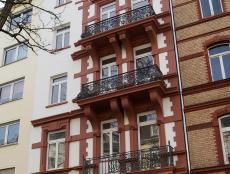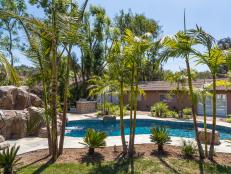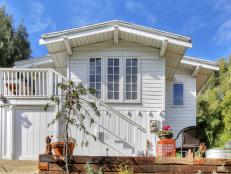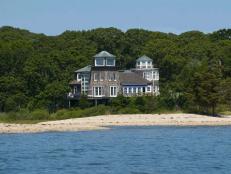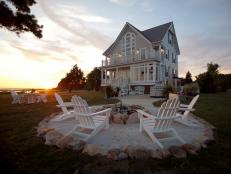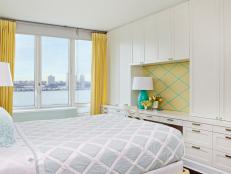Little Houses, Big Ideas
Itty-bitty homes and eco-friendly ideas go hand in hand.
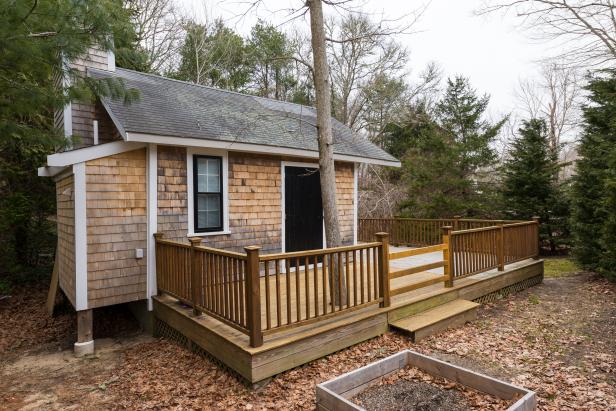
Robert Paul Properties, a member of Luxury Portfolio International

Nearly two-thirds of the households in America have only one or two inhabitants, yet the average new home has four bedrooms and is 25 percent larger than homes built for families 25 years ago. Does that sound peculiar to you? It did to Ross Chapin, too, founder of the Cottage Company and the architect responsible for the charming Third Street Cottages.
"My vision for the Third Street Cottages came from looking at what's happening in America, how as families get smaller, houses get larger," Chapin says. He recognized a need for high-quality smaller homes that didn't sacrifice the amenities that modern subdivisions offer. "My personal inclination was to see what could be done to build smaller, to build toward community."
A community is exactly what the Cottage Company has created with its circle of eight colorful homes. Owners name their cottages, creating a village surrounding the common courtyard area with a shared toolshed, workshop and rooftop terrace for group gatherings. Mailbox kiosks and sidewalks throughout the property create natural places for chance meetings among neighbors, and covered porches and a community garden encourage homeowners to come outside and mingle.
Charm and Character
Chapin gave equal time to the details that personalize space and turn a house into a home that can really be lived in. "We've focused on the details -- the nooks, the crannies -- to bring in originality. Smaller can be better. It can be richer," Chapin says.
Each cottage has a private garden complete with split-cedar fence and swinging gate, and windows are carefully positioned to ensure privacy among closely situated homes. There are lots of special features to make the pint-sized homes seem more spacious, like built-in storage, walk-in closets and cathedral ceilings.
Earth-Friendly Features
Living on Washington's beautiful Whidbey Island, an area experiencing tremendous growth, Chapin recognized the effects of human encroachment. This awareness influenced his vision for simpler homes in smarter communities using less land. "Resources are dwindling, yet we use more resources to live," Chapin says.
In addition to doubling the land efficiency by arranging eight detached single-family homes on property previously zoned for only four, Chapin designed these homes with innovative, earth-friendly ideas. He used no old-growth wood, instead opting for second-growth hemlock trim. The homes have fiber concrete siding rather than wood and feature energy-efficient in-floor heating.
The Homeowners
With all these thoughtful details and the opportunity to live in a community that's both earth-friendly and just plain friendly, it's no surprise that the Cottage Company's developments sell out quickly. Cottage owners enjoy the character common in older homes but "with the peace of mind that comes with modern construction and (using) environmentally sensitive materials."
Marty Fernandez says there aren't many small homes being built today, so there aren't that many choices. In a day of large homes and typical subdivisions, he says he's fortunate to have found "a small home that's new with today's ways of being efficient."
Efficient homes foster efficient lifestyles, and Peggy Moe appreciates the free time living in a smaller home gives her. "It doesn't take much time to clean this house!" Moe says. "It's just a simpler way of life." Fernandez agrees, adding that cottage living is just responsible living.
But at only 975 square feet per home, Chapin says building only what you need isn't for everyone. "It's for people who want a balance between community and privacy, who want a sense of neighborhood," he says. And to a growing number of homeowners, that's everything you need.







